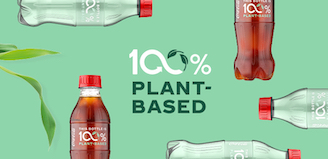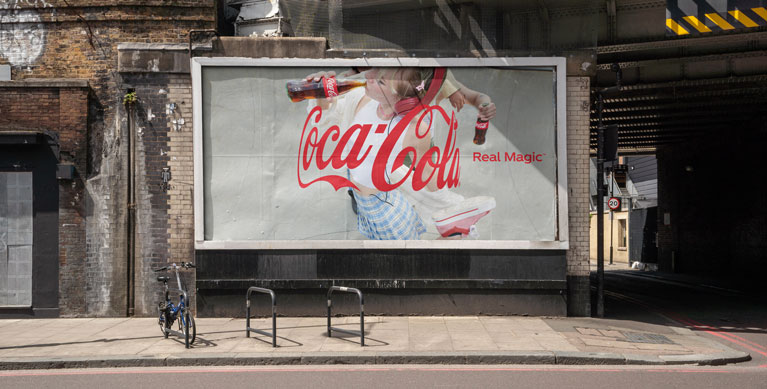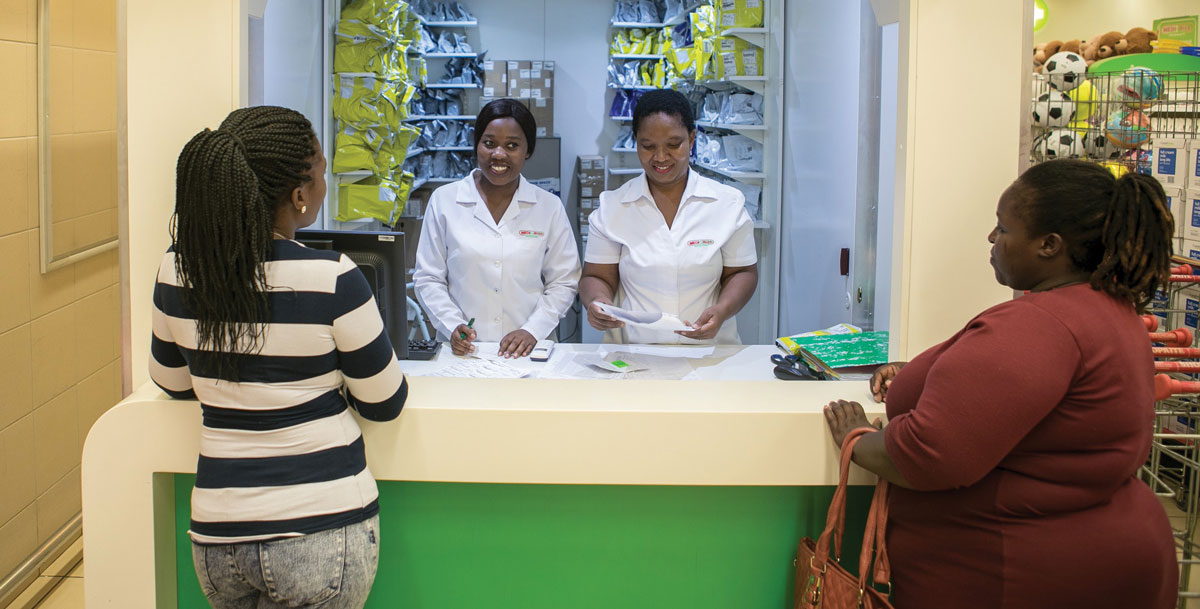- Logo
- Our company
- Our brands
- Sustainability
- Social impact
- Careers
- News
- Investors
- Search
- Language
- Reciteme
Search
Coca‑Cola Reports Solid Operating Results in First Quarter
04-23-2019
Net Revenues Grew 5% in First Quarter; Organic Revenues (Non-GAAP) Grew 6%, Including a 2% Benefit from Timing
Operating Income Grew 29%; Comparable Currency Neutral Operating Income (Non-GAAP) Grew 16%
Operating Margin was 29.1%; Comparable Operating Margin (Non-GAAP) was 30.5%, Including the Impact from Currency Headwinds and Acquisitions
EPS from Continuing Operations Grew 24% to $0.38; Comparable EPS from Continuing Operations (Non-GAAP) Grew 2% to $0.48, Impacted by 11% Currency Headwind and a 2 Cent Benefit from Timing
ATLANTA, April 23, 2019 – The Coca‑Cola Company today reported a solid start to 2019, with continued momentum that included gaining global value share. Reported net revenues grew 5% in the first quarter, and organic revenues (non-GAAP) grew 6%, with positive performance across all operating groups, in addition to a benefit from timing.
"We're encouraged by our first quarter results as our disciplined growth strategies continue to deliver strong underlying performance," said James Quincey, CEO of The Coca‑Cola Company. "We remain confident in our full year guidance as we continue to make progress on our transformation as a consumer-centric total beverage company."
Highlights
Quarterly Performance
- Revenues: Net revenues grew 5% to $8.0 billion. Organic revenues (non-GAAP) grew 6%. An estimated 2 points of revenue growth was attributable to timing, primarily related to bottler inventory build in order to manage uncertainty related to Brexit. Additionally, the quarter included one less day, which resulted in an approximate 1-point headwind to revenue growth.
- Margin: Operating margin for the quarter, which included items impacting comparability, was 29.1% versus 23.7% in the prior year. Comparable operating margin (non-GAAP) was 30.5% versus 30.7% in the prior year. Strong underlying margin (non-GAAP) expansion was offset by an approximate 260 basis point negative impact from currency headwinds and net acquisitions.
- Earnings per share: EPS from continuing operations grew 24% to $0.38. Comparable EPS from continuing operations (non-GAAP) grew 2% to $0.48, despite an 11-point currency headwind. EPS included an estimated 2 cent benefit from timing, primarily from the bottler inventory build related to Brexit.
- Market share: The company continued to gain value share in total nonalcoholic ready-to-drink (NARTD) beverages.
- Cash flow: Cash from operations was $699 million, up 14%. Free cash flow (non-GAAP) was $335 million, down 1% as strong underlying cash generation was offset by currency headwinds along with an increase in capital expenditures and cash tax payments.
- Share repurchases: Purchases of stock for treasury were $397 million. Net share repurchases (non-GAAP) totaled $243 million.
Company Updates
- Chairman transition and an evolving growth culture: Following the company’s annual meeting on April 24, James Quincey will become the 14th chairman of The Coca‑Cola Company, contingent upon his reelection as a director. Quincey succeeds Muhtar Kent, who is retiring after a Coca‑Cola system career that started in 1978. Kent served as chairman and CEO from 2009 until 2017 and then as chairman after Quincey became CEO. Quincey intends to build on the strong foundation Kent has established within the system, including a focus on fostering a growth-oriented culture.
- Pursuing the company's World Without Waste goals: Supporting its commitment to the World Without Waste initiative and improved transparency, the company issued its annual progress report, which cited continued progress globally on design, collect and partner efforts. For example, the company, along with its bottling partners, now has 100% recycled PET bottles in multiple markets and will have them in more than a dozen markets by the end of 2019, driving successful circular solutions for packaging. Much of the system's Latin America business is engaged in a multi-country project to significantly increase the use of refillable packaging, and markets globally are assessing ways to move toward more diverse business models for product delivery.
- Broadening a consumer-centric portfolio: During the quarter, the company completed its acquisition of Costa Ltd., which gives Coca‑Cola a significant entry point into hot beverages and a global platform in coffee. In the second quarter, the company will begin to leverage Costa's scalable platform across formats and channels with the introduction of Costa ready-to-drink products. Coca‑Cola also closed its acquisition of CHI Ltd., an innovative, fast-growing leader in expanding beverage categories in West Africa, including juices, value-added dairy and iced tea.
- Driving profitable growth under the Leader, Challenger, Explorer framework: Strong innovation within Leader brands included double-digit growth for Coca‑Cola Zero Sugar globally for the sixth consecutive quarter. Within the U.S., the company showed strong performance for Orange Vanilla Coke and Orange Vanilla Coke Zero Sugar, which helped drive 6% retail value growth for brand Coca‑Cola. The company also launched Simply smoothies in the U.S., while innocent, the company's leading juice brand in Europe, expanded into plant-based beverages. As a Challenger brand, smartwater continues to innovate through the successful rollout of smartwater antioxidant and smartwater alkaline in the U.S. Within Explorer brands, the company continued to capitalize on brands with edge, including Aquarius GlucoCharge, which has shown early signs of success in the fast-growing enhanced hydration category in India.
- Aligned and engaged system investing for growth: The company has established a sustained platform for performance that is focused on disciplined portfolio growth through an aligned and engaged system. Across the bottling system, the company is seeing the right strategic investments in supply chain, cold-drink equipment and sales force capabilities to drive accelerated results. These investments are creating a winning strategy in the marketplace, centered around improved execution that is committed to increasing the availability of core products, in addition to expanding the total portfolio.
Notes
- All references to growth rate percentages and share compare the results of the period to those of the prior year comparable period.
- All references to volume and volume percentage changes indicate unit case volume, unless otherwise noted. All volume percentage changes are computed based on average daily sales, unless otherwise noted. "Unit case" means a unit of measurement equal to 24 eight-ounce servings of finished beverage. "Unit case volume" means the number of unit cases (or unit case equivalents) of company beverages directly or indirectly sold by the company and its bottling partners to customers.
- "Concentrate sales" represents the amount of concentrates, syrups, beverage bases, source waters and powders/minerals (in all instances expressed in equivalent unit cases) sold by, or used in finished beverages sold by, the company to its bottling partners or other customers. In the reconciliation of reported net revenues, "concentrate sales" represents the percent change in net revenues attributable to the increase (decrease) in concentrate sales volume for the geographic operating segments and the Global Ventures operating segment (excluding Costa) (expressed in equivalent unit cases) after considering the impact of structural changes. For the Bottling Investments operating segment, this represents the percent change in net revenues attributable to the increase (decrease) in unit case volume computed based on total sales (rather than average daily sales) in each of the corresponding periods after considering the impact of structural changes. The Bottling Investments operating segment reflects unit case volume growth for consolidated bottlers only.
- "Price/mix" represents the change in net operating revenues caused by factors such as price changes, the mix of products and packages sold, and the mix of channels and geographic territories where the sales occurred.
- First quarter 2019 financial results were impacted by one less day as compared to the same period in 2018, and fourth quarter 2019 financial results will be impacted by one additional day as compared to the same period in 2018. Unit case volume results for the quarters are not impacted by the variances in days due to the average daily sales computation referenced above.


